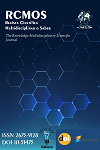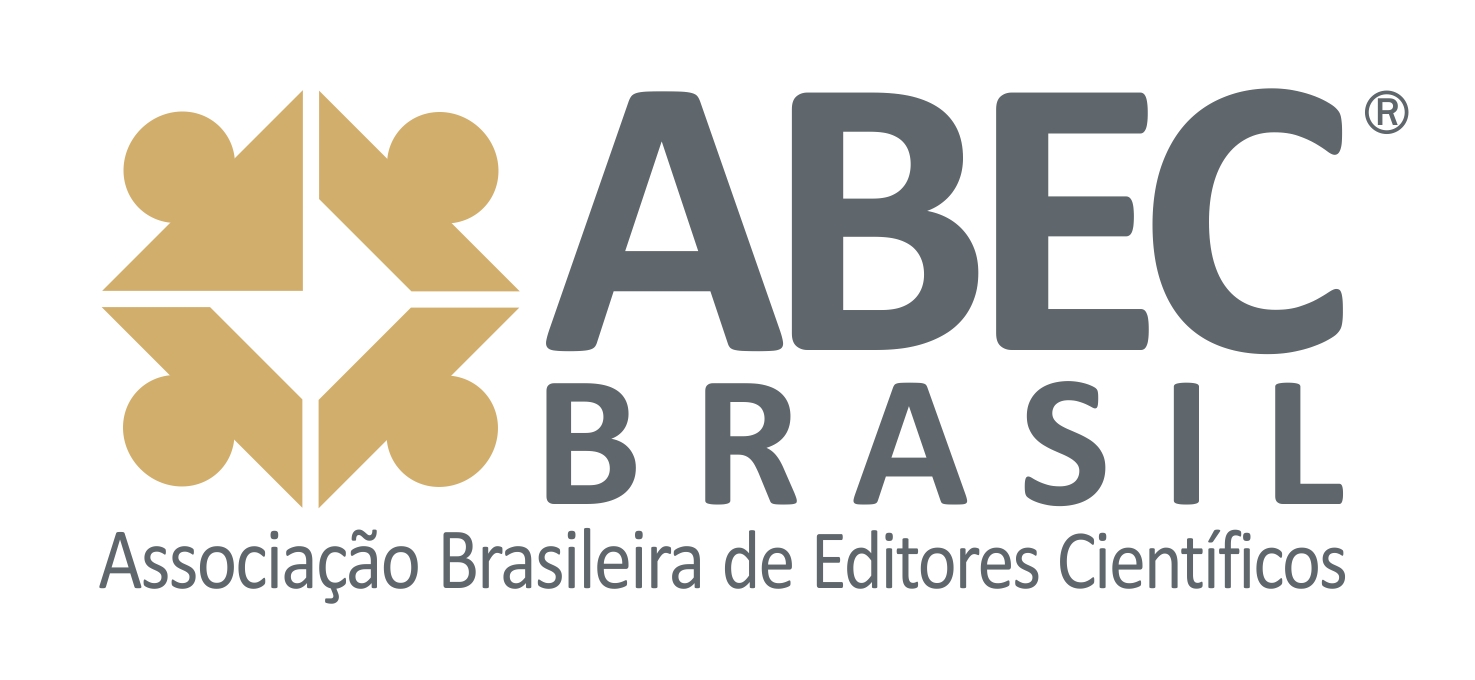Verticalization as a productive survival strategy: the VIARE case of industrial resilience in the face of Brazilian deindustrialization
Verticalization as a productive survival strategy: the VIARE case of industrial resilience in the face of Brazilian deindustrialization
DOI:
https://doi.org/10.51473/rcmos.v1i1.2025.1105Keywords:
productive verticalization, business resilience, deindustrialization in Brazil, integrated value chain, production engineering.Abstract
In recent decades, Brazil has undergone an accelerated and silent process of deindustrialization, intensified by structural factors such as high tax burden, legal uncertainty, and a massive influx of low-cost imported products. In this adverse scenario, productive verticalization—historically perceived as costly—reemerges as a strategy for resilience, innovation, and business sovereignty. This article presents the case study of the VIARE methodology (Integrated Verticalization for High Business Resilience), successfully implemented by a national company in the sports accessories sector, which reversed the outsourcing logic and rebuilt its entire value chain in an integrated and self-sufficient manner. Through a multidisciplinary approach that combines production engineering, strategic logistics, and organizational psychopedagogy, the VIARE project achieved measurable and extraordinary results: a 27% increase in operational efficiency, net margin growth from 2.5% to 11% in five years, and consolidation as the largest manufacturer in its segment in Latin America. The model challenges the dominant narrative of external dependency and proposes a new paradigm of industrialization based on systemic intelligence, technical mastery, and internal strengthening. This article aims to serve as a reference for companies, universities, and public policies focused on rebuilding Brazil's industrial capacity. Its extraordinary depth may explain why it had not yet been developed or tested, as it demands a multifaceted professional with technical and scientific training capable of understanding the entire production and logistics chain. The author presents this method as a beacon for companies facing similar challenges and as a call for further research to enhance its effectiveness.
Downloads
References
• CHRISTOPHER, M. Logística e gerenciamento da cadeia de suprimentos: estratégias para redução de custos e melhoria dos serviços. 4. ed. São Paulo: Cengage Learning, 2016.
• CHOPRA, S.; MEINDL, P. Administração da cadeia de suprimentos: estratégia, planejamento e operação. 6. ed. São Paulo: Pearson Prentice Hall, 2019.
• COASE, R. H. The nature of the firm. Economica, v. 4, n. 16, p. 386–405, 1937. DOI: https://doi.org/10.1111/j.1468-0335.1937.tb00002.x
• FLEURY, M. T. L.; FLEURY, A. Estratégias empresariais e formação de competências: um quebra-cabeça caleidoscópico da indústria brasileira. São Paulo: Atlas, 2001.
• IMAI, M. Kaizen: a estratégia para o sucesso competitivo. São Paulo: IMAM, 1994.
• PORTER, M. E. Vantagem competitiva: criando e sustentando um desempenho superior. 1. ed. Rio de Janeiro: Elsevier, 1985.
• SCHUMPETER, J. A. Capitalismo, socialismo e democracia. Rio de Janeiro: Fundo de Cultura, 1942.
• SENGE, P. M. A quinta disciplina: arte e prática da organização que aprende. São Paulo: BestSeller, 2006.
• AUSUBEL, D. P. Educational psychology: a cognitive view. New York: Holt, Rinehart & Winston, 1968.
• CNI – Confederação Nacional da Indústria. A desindustrialização no Brasil: causas, consequências e caminhos. Brasília: CNI, 2020.
• IEDI – Instituto de Estudos para o Desenvolvimento Industrial. Notas técnicas sobre a desindustrialização brasileira. São Paulo: IEDI, 2021.
Downloads
Additional Files
Published
Issue
Section
Categories
License
Copyright (c) 2025 Sandro Christovam Bearare (Autor)

This work is licensed under a Creative Commons Attribution 4.0 International License.












